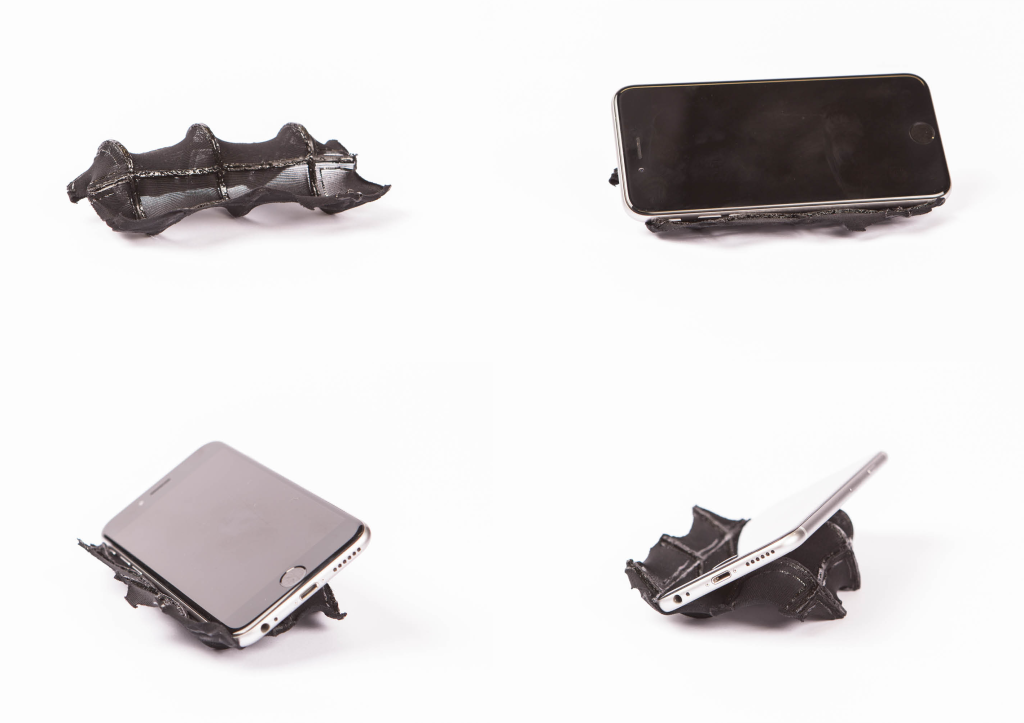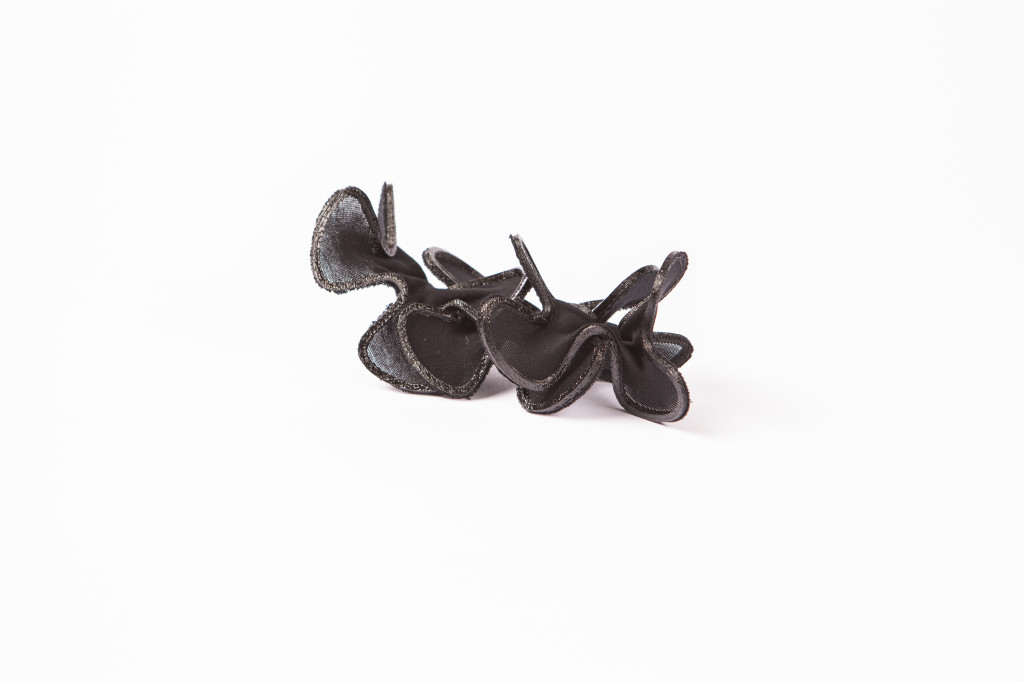11. January 2016
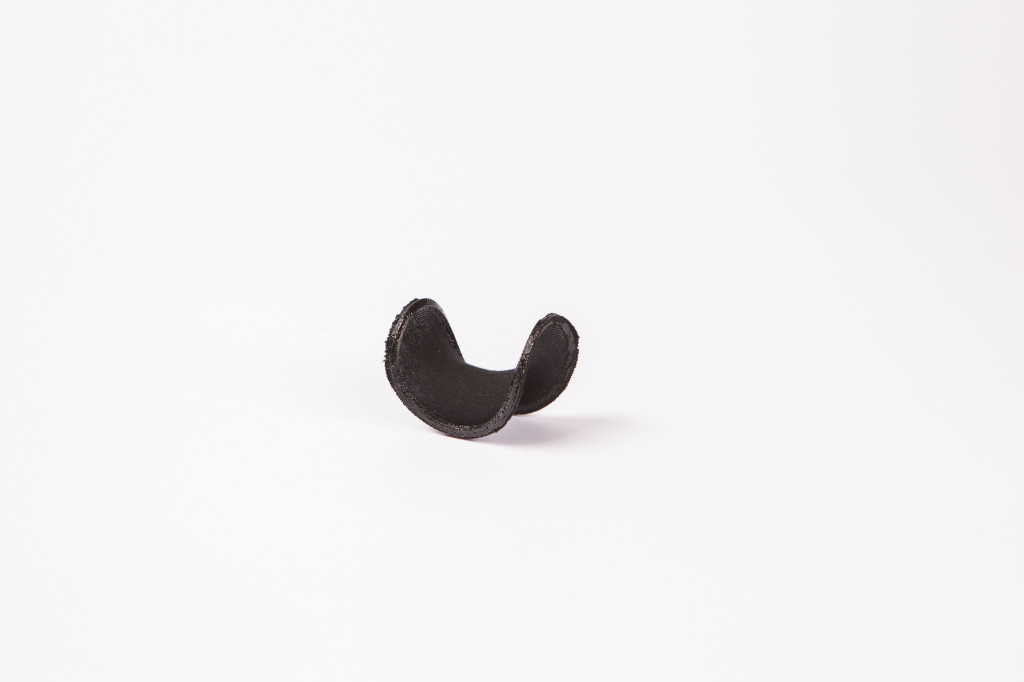 Introduction
For this project we wanted to create objects that assemble themselves without any need of joints. To achieve this goal, we tried to use as few materials as possible while still being able to construct complex shapes. We decided to use two materials matched together: Textile and 3D printed flexible PLA. By stretching the textile and printing PLA shapes on it we were able to create flexible and self-assembly shapes. Because of that flexibility, the object only takes up small space before being self-assembled. Even after being assembled, the shape can be squeezed, twisted or fold up and still being able to return to it's fully formed shape.
Introduction
For this project we wanted to create objects that assemble themselves without any need of joints. To achieve this goal, we tried to use as few materials as possible while still being able to construct complex shapes. We decided to use two materials matched together: Textile and 3D printed flexible PLA. By stretching the textile and printing PLA shapes on it we were able to create flexible and self-assembly shapes. Because of that flexibility, the object only takes up small space before being self-assembled. Even after being assembled, the shape can be squeezed, twisted or fold up and still being able to return to it's fully formed shape.
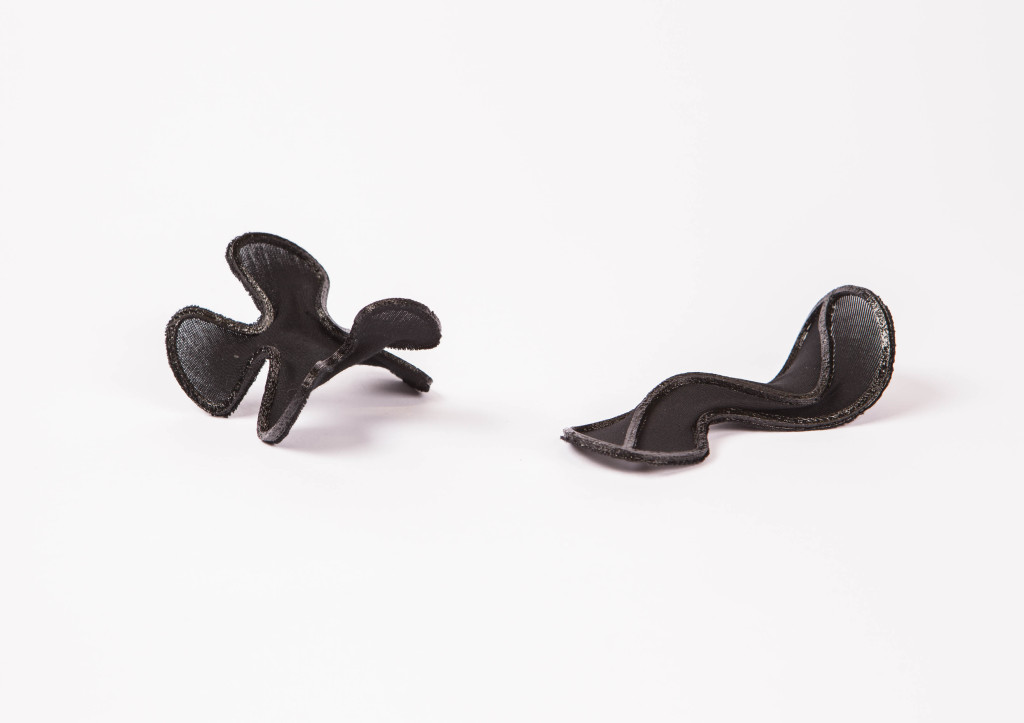
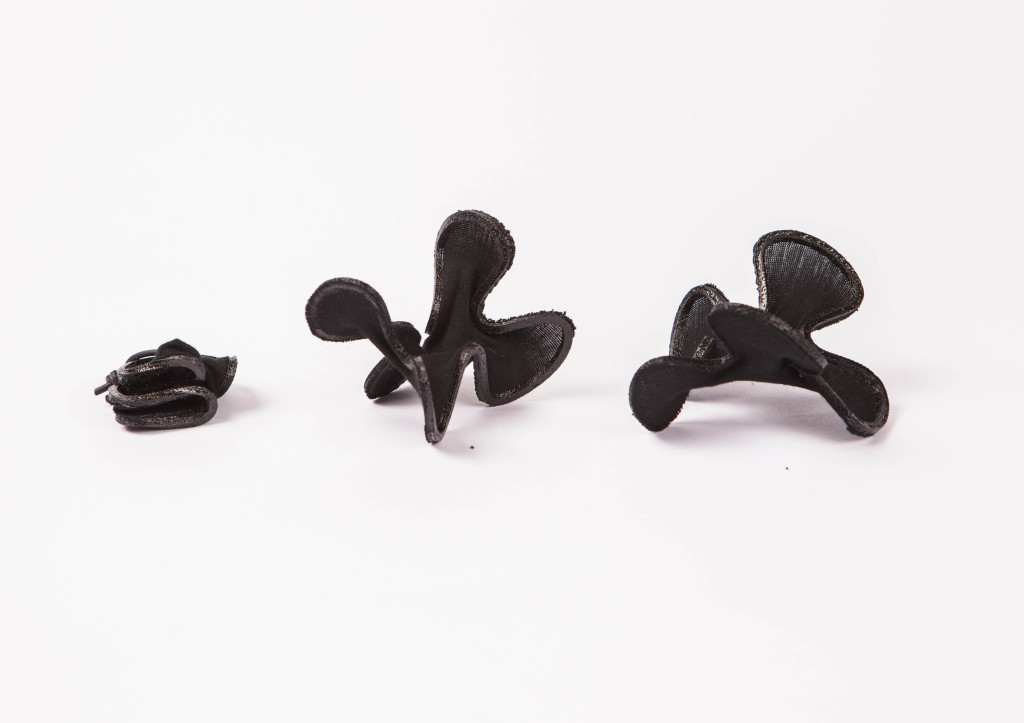 Process
01 . The first step consists of creating a pattern in a 3D environment.
Process
01 . The first step consists of creating a pattern in a 3D environment.
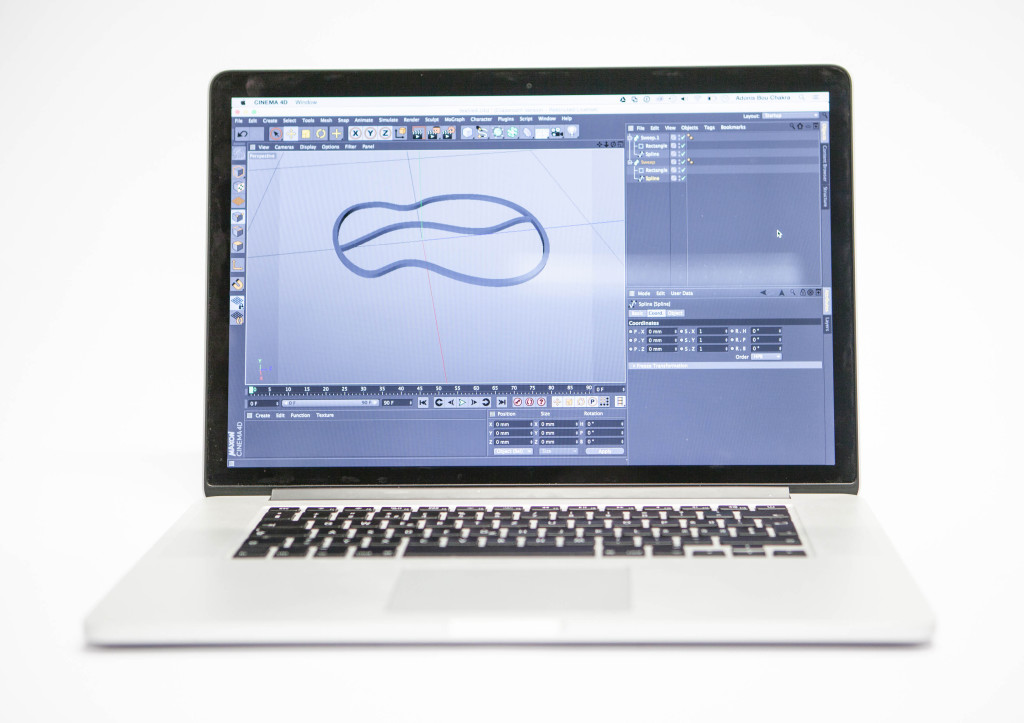 02 . A piece of textile is then stretched to the maximum and attached to a platform.
02 . A piece of textile is then stretched to the maximum and attached to a platform.
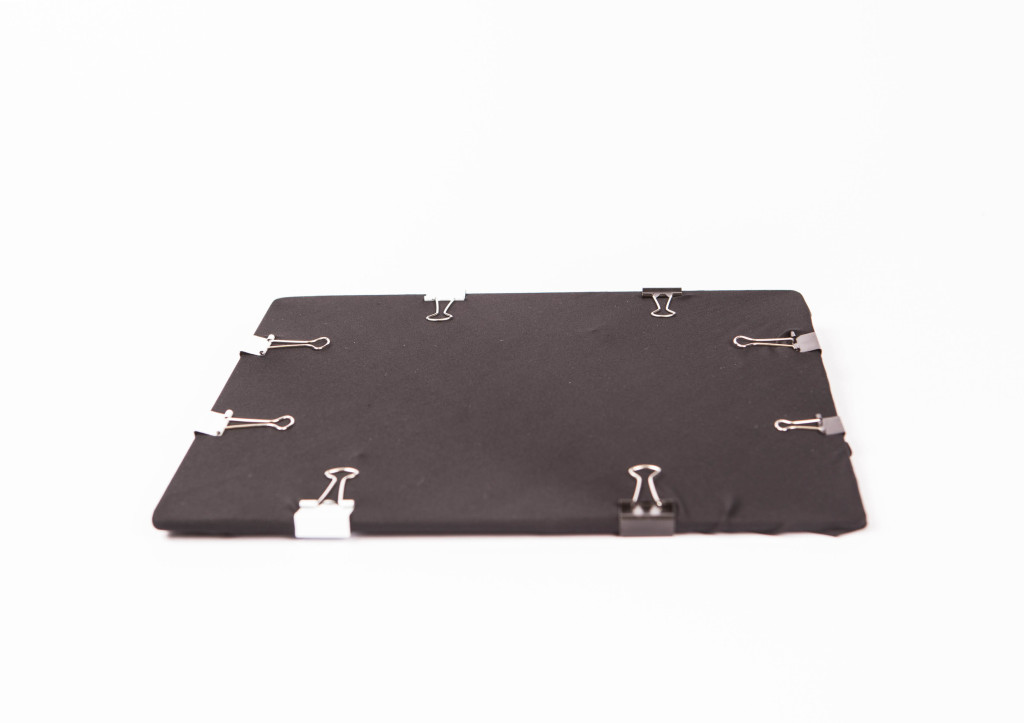 03 . The platform is then installed on a 3D printing machine and the pattern is printed with a PLA flex material.
03 . The platform is then installed on a 3D printing machine and the pattern is printed with a PLA flex material.
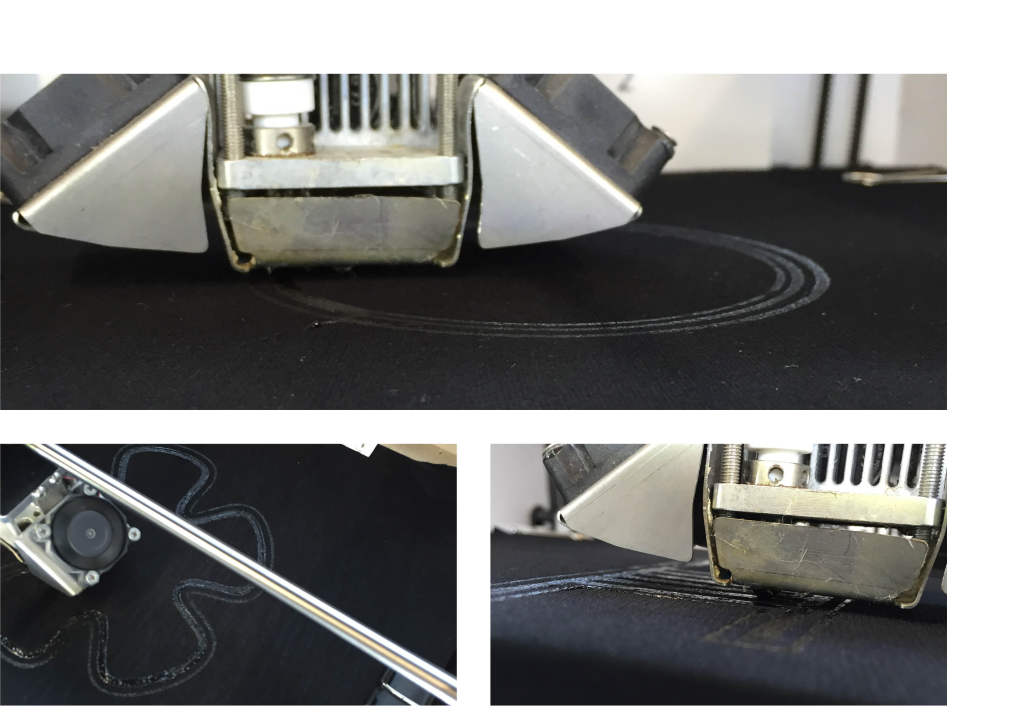 04 . Due to the previous stretches and the pattern of the printed material, the piece assembles itself after being cut out.
04 . Due to the previous stretches and the pattern of the printed material, the piece assembles itself after being cut out.
 Possible applications
This technique could have many applications. A major one would be to create flexible, easy to assemble products, like furnitures that wouldn’t require any assembly by hand.
Possible applications
This technique could have many applications. A major one would be to create flexible, easy to assemble products, like furnitures that wouldn’t require any assembly by hand.
